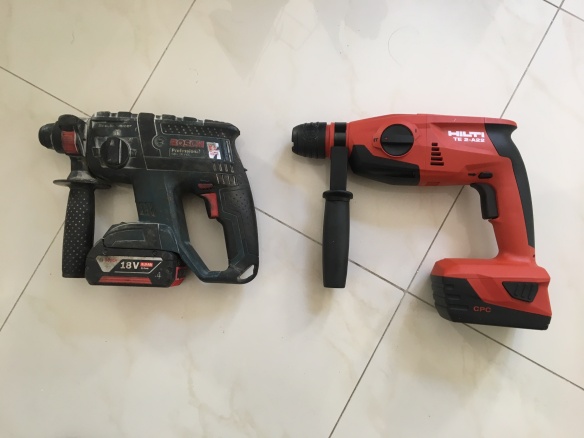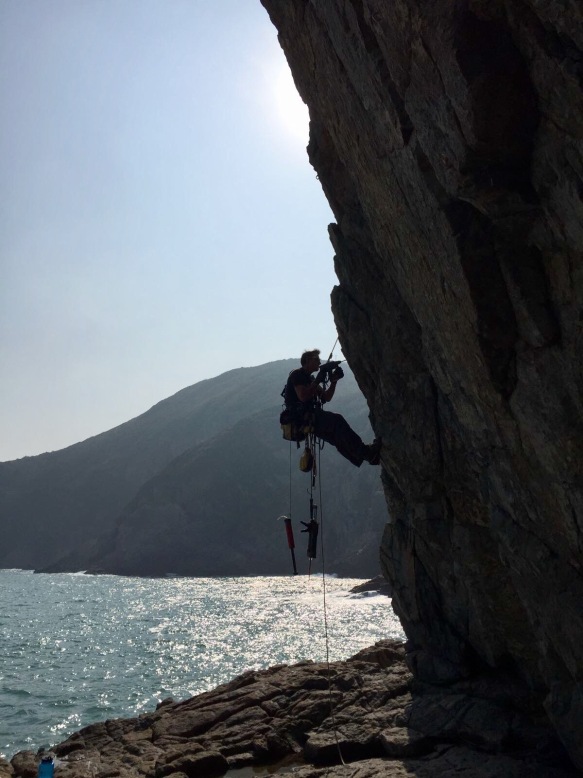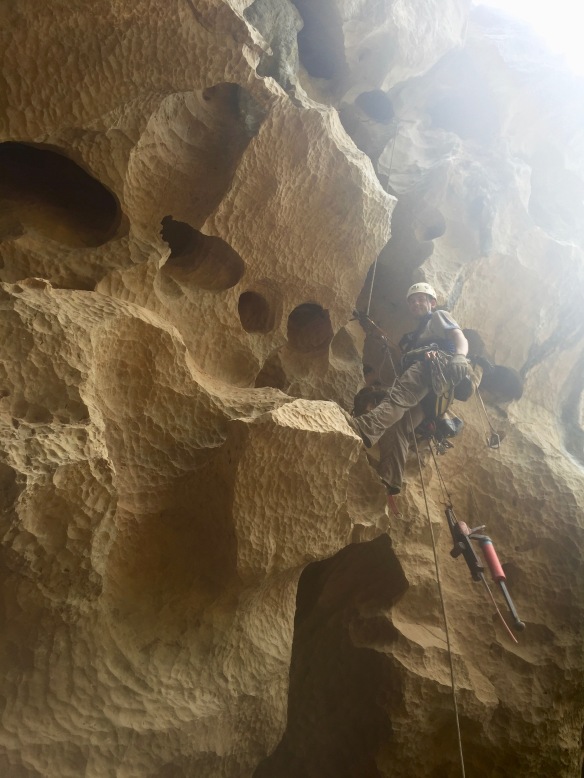Late December and an arrival into familiar surroundings to develop more new routes for Chiang Mai Rock Climbing Adventures with 1,200 glue-in bolts.

Lots of premium Bolt Products glue-in bolts from Jim @ Bolt Products plus a few ladder rungs.
Only a few weeks into drilling pretty much everything in sight and CMRCA host their first Northern Thailand climbing RockFest and Thailand premier of Reel Rock #12. A strong turn out by community non climbing locals who derive income from visiting climbers, visiting climbers and the locals who climb themselves created a festive atmosphere that provided just the backdrop for acknowledging area activists and contributors from the past 15 years who have ensured Crazy Horse is one of the most carefully developed sport crags in the world. Adopting a ‘Golden Bolt’ award, CMRCA Founders Kat and Josh Morris presented awards to Kraisak Boonthip (Pi Tom) and myself for significant contributions toward establishing Crazy horse as it is today. Local longtime climber (and a developer himself) Jens Glasgow added to the Golden Bolt (24K Gold plated) with a fantastic leather drill bit pouch – no more melted Hilti drill bit containers.

With good cool weather, equipping progressed in earnest yielding fantastic new additions such as The Darkness Beckons, a wild 5 pitch new route in the Anxiety State Crisis Cave. Equipping the 80m line required multiple static lines, mid air rope to rope transfers and trickery such as threading ropes through holes with bamboo to work position after transferring ropes. The result, at F6a+ complete with a caving squeeze and wild exposure must rank in country as one of the most nutty multi pitches to do.

Looking up into the roof Aven of the Anxiety State Crisis cave and a mass of rigging. The 4th pitch traverses the lip of the roof and disappears into the darkness before emerging from a cave crawl and final 5th pitch.
Friends visited which led to harder additions to the area. Baz Durston (ex British Team Comp Climber) came out of retirement to swiftly tick a hard F7c extension to one of my F7b+ routes and narrowly missed the FA of a hard F8a on the Aircon Wall which was ultimately bagged by Alex Deschamps from Canada. The ultimate prize; a project equipped and called Bristol Fashion on the Anthill has so far repulsed all prospective attempts, the consensus being a minimum of F8b+ which would result in the hardest climb in Thailand outside of Tonsai.
In-between days of drilling and glueing, chemical sampling was completed as part of my volunteer work for the UIAA Anchor Working Group with the results populating data gaps on the current data trend. The results further reinforced the current understanding of what precursors are required to enable corrosion, not least underscoring why Chiang Mai does not suffer the Stress Corrosion Cracking issues synonymous with the South.
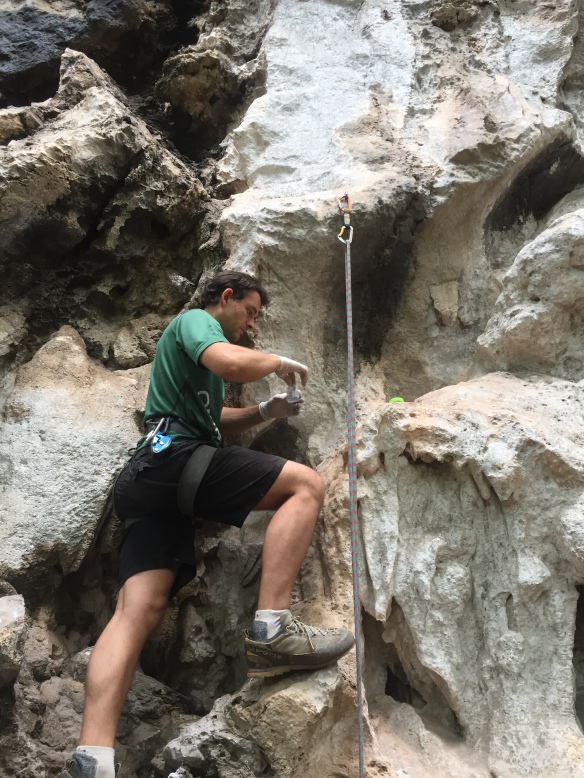
UIAA Chemical sampling conducted at 6 sectors, seen here underway at the Heart Wall.
Finding time to do anything other than equip new lines is difficult in a target rich environment however in March CMRCA hosted their first C.R.A.G talk of which I was the first guest speaker and gave a presentation on new route development, bolts and an update on progress made at Crazy Horse.

This led to a bolting clinic in which attendees were given an introduction to bolt installation, equipment and placing practice anchors themselves. The day concluded with actual pull testing of different glue-in bolts.

Image: Ray Kam
The clinic led onto follow up training with Ray Kam from Canada, who went home with a number of foundation skills during the course of 2 days and having bolted and sent the FA of his own new route.

A happy customer! Ray Kay having been through the process over 2 days which ended with his own new route.
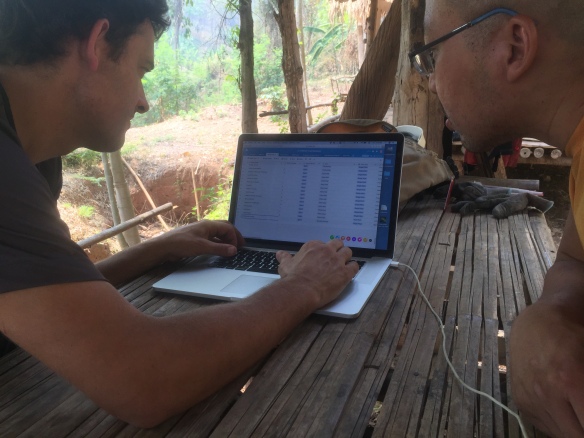
Hotspotting in the parking lot, the CMRCA Crag Database is updated with his FA live.
Back to bolting and climbing continued during March with more cave climbs and additions in the F7’s.

Image: Alex Deschamps.
As the high season closes, bolting continues despite the summer heat with the following stats below:
44 Days drilling and glueing
1,410 glue-in bolts installed
Yielding over 92 new routes, some of which are multi pitch.


